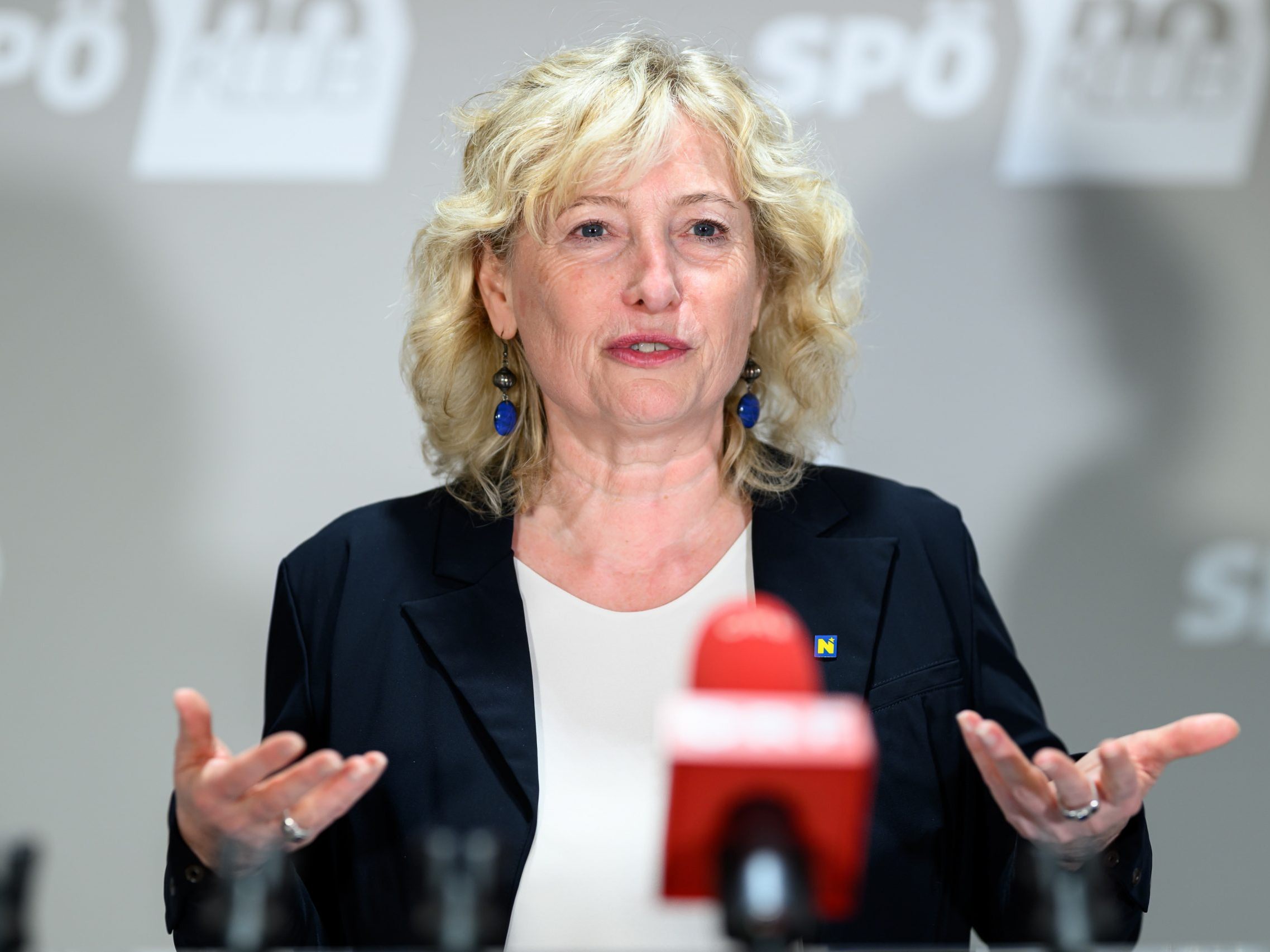The reduction from 32 to 21 emergency doctor locations as part of the "Health Plan 2040+" in Lower Austria is becoming more concrete. State Councilor Eva Prischl (SPÖ) announced on Wednesday in St. Pölten which bases will be discontinued from April 2027. The planned change has been criticized for months. Furthermore, the state is paying an additional 70 million euros for rescue service operations. A new cost distribution between the state and municipalities has been agreed for rescue and patient transports.
Around 300,000 Rescue Service Operations Annually in Lower Austria
Currently, there are around 300,000 rescue service operations annually in Lower Austria, of which approximately 7,000 require an emergency doctor on site. Developments such as changed training guidelines, fewer new emergency doctors, and retirements have recently pushed the system "to its performance limits," said Prischl in a press conference. The locations in Aspang (Neunkirchen district), Groß-Enzersdorf (Gänserndorf district), Groß Gerungs (Zwettl district), Hainburg (Bruck an der Leitha district), Klosterneuburg (Tulln district), Pöggstall (Melk district), Purkersdorf (St. Pölten district), Raabs (Waidhofen an der Thaya district), Retz (Hollabrunn district), Waidhofen an der Ybbs, and Ybbs (Melk district) will be restructured. Emergency rescues operated by emergency paramedics are to be active here.
The bases with emergency doctor vehicles in Amstetten, Baden, Gänserndorf, Gmünd, Hollabrunn, Horn, Korneuburg, Krems, Lilienfeld, Melk, Mistelbach, Mödling, Neulengbach (St. Pölten district), Neunkirchen, Schwechat (Bruck an der Leitha district), St. Pölten, Scheibbs, Tulln, Waidhofen an der Thaya, Wiener Neustadt, and Zwettl will remain. Furthermore, a vehicle will be stationed at the three helicopter bases in Ybbsitz (Amstetten district), Wiener Neustadt, and Gneixendorf in Krems, which the team can use to respond if the helicopter cannot fly due to weather conditions, for example.
New Structure to be Implemented by Spring 2027
The new structure is to be implemented by spring 2027. Planned are a local first responder system, increased use of Acute Community Nurses, expansion to 86 ambulance bases, expansion of air rescue at helicopter bases with round-the-clock operation, and telemedical support. "With the restructuring of the rescue landscape and consequently our well-trained paramedics at 21 emergency doctor bases and in the future 86 RTW-C locations, and as part of the expansion of the tele-emergency doctor, we are creating a close-knit emergency system and can also ensure the population's care in the future," said Hans Ebner, President of the Red Cross Lower Austria. Hannes Sauer, President of the Workers' Samaritan Federation Lower Austria, expressed similar sentiments.
According to Prischl, the goal is a future-proof supply structure that combines medical quality, efficiency, and accessibility. Every person in Lower Austria must receive optimal care in an emergency - regardless of whether someone lives in the countryside or in the city, emphasized State Councilor Martin Antauer (FPÖ), Chairman of the Lower Austrian Health and Social Fund (NÖGUS).
Resistance Against Reduction of Emergency Doctor Locations in Lower Austria
In the affected regions, there has recently been criticism and resistance against the reduction of emergency doctor locations. The health spokesperson for the Lower Austrian Greens, Silvia Moser, warned in a statement against "hasty decisions": "Before considering the reduction of emergency doctor bases, the agreed measures from the health pact must be implemented," the member of the state parliament referred to the planned deployment of certified emergency paramedics with extended competencies. The "Health Plan 2040+" had been developed by experts since 2024 and was adopted by the state parliament this spring. Among other things, it also includes the merging of hospitals.
Furthermore, a result has been reached in the negotiations for the rescue service contract. The rescue organizations will receive around 70 million euros from the state for services rendered in the years 2022 to 2025, said State Councilor Ludwig Schleritzko (ÖVP). Thus, the state assumes approximately 50 million euros, which the municipalities would have had to finance according to the distribution key, given the strained financial situation of the municipalities. It was also assured that they would continue to sit down together to discuss potential improvements and sustainable reforms, said Prischl.
So far, the costs for rescue and patient transports have been covered 72 percent by the municipalities and 28 percent by the state. For the years 2026 to 2030, the state increases its share to 40 percent, and the municipalities take over 60 percent, according to Finance State Councilor Schleritzko. For this period, the contribution will be capped. This is ultimately also "a statement on the necessity of reform," said Municipal Association President Johannes Pressl. For example, they will try to shift transports towards the taxi industry to stabilize costs. For the years thereafter, the financing needs to be clarified, emphasized Andreas Kollross, President of the Association of Social Democratic Municipal Representatives in Lower Austria.
(APA/Red)
This article has been automatically translated, read the original article here.






